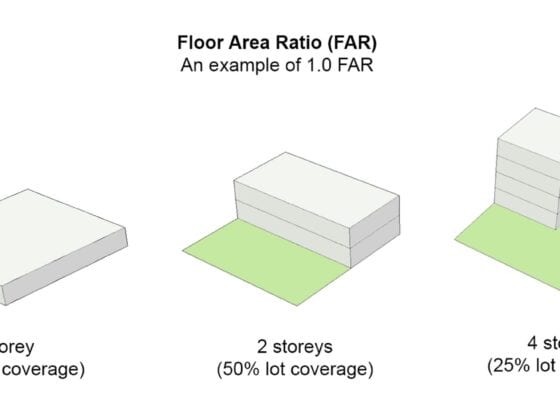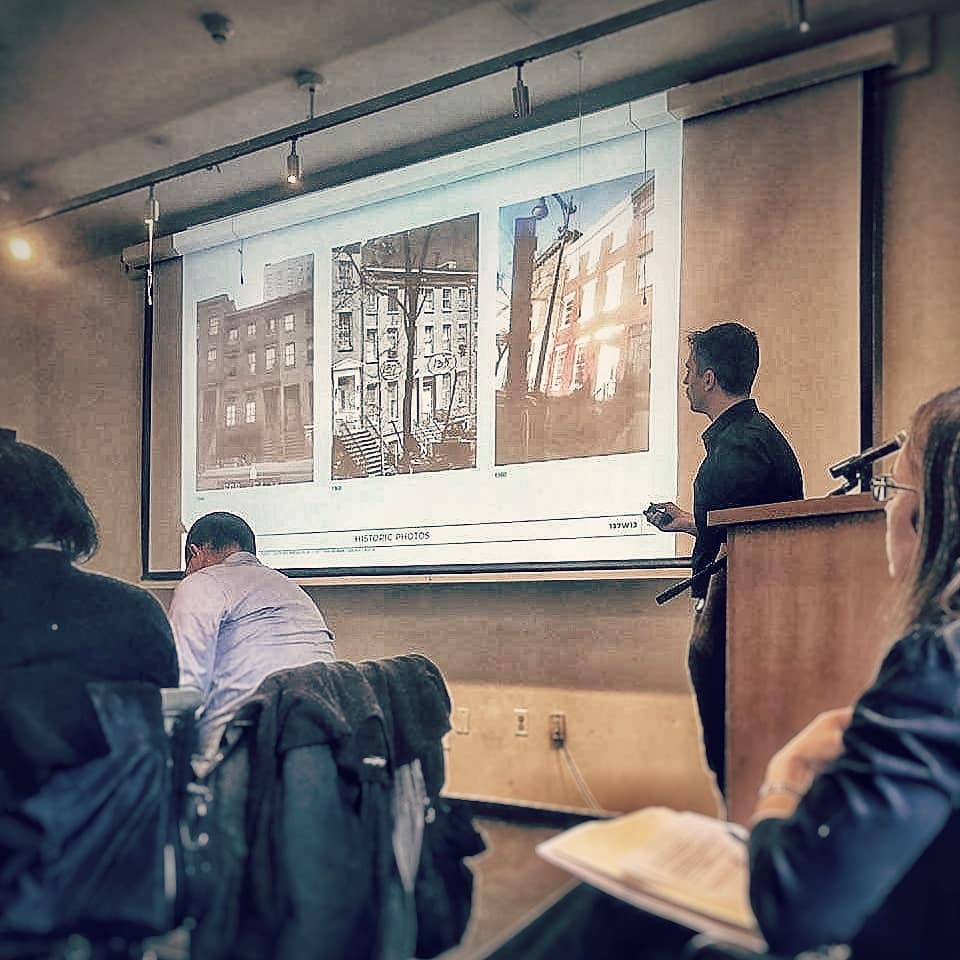
WHAT IS THE LPC – AND WHY SHOULD I CARE?
HOW TO DESIGN IN A PROTECTED DISTRICT
The LPC, or Landmarks Preservation Commission, is a city organization charged with protecting various historic districts and buildings. If your project falls within a historic district or is an individually landmarked building, you are required to gain approval from the LPC before any work can be done.
This can be an arduous process. If your building is in a landmarked district, depending on your proposed scope of work, gaining LPC approval can add 2-4 months to the permitting process. If your building is individually landmarked, it can take even longer than that.
Individual landmarks are heavily protected, and the process of restoring, renovating, or modifying them is specific. For this conversation, we will assume that we are only speaking of a building that falls within a protected district, rather than a building that is individually landmarked.
If the proposed work does not include any exterior component, such as a kitchen renovation, then you need only apply for a Certificate of No Effect. This is issued by LPC staff when the proposed work will not be seen from any public way. This type of permit is relatively simple to procure if the scope of work allows.
If the proposed work includes exterior scope such as replacing windows, doors, refinishing exterior brick, or adding bulk such as a roof addition, then you will need a Certificate of Appropriateness.
There are two paths to a Certificate of Appropriateness. If the work is merely replacing existing objects in kind, or adding work that can not be seen from a public way, such as a setback addition, then it is possible to get your Certificate of Appropriateness at the staff level. This means you can work with a LPC staffer to make sure the design meets their criteria. This takes time and requires the submittal of extra documentation and presentations to the commission staff, but typically does not add more than a month to the permitting schedule.
If your project is proposing to add bulk, excavate, or change multiple things on visible facades, it is likely you will need to present your project to the full board during an LPC hearing. This typically adds an extra 2-4 months to the permitting schedule. It requires you to work with LPC staff on the design, then presents your design to the governing community board LPC subcommittee, then wait for the community board full board hearing to vote on their resolution, all before you are allowed to present your design to the commission. If the commission requests that you modify your design, which is very common, it can take an additional month after that to amend and resubmit all the required drawings before you will gain your Certificate of Appropriateness.
During a project, it can be very frustrating to be held up by this process, but the LPC and Community Boards play a vital role in protecting the character of historic neighborhoods. KDA has decades of experience and a proven track record for navigating this process and working with these agencies. If you have a question about your landmarked building, please do not hesitate to reach out!
Other Helpful Articles
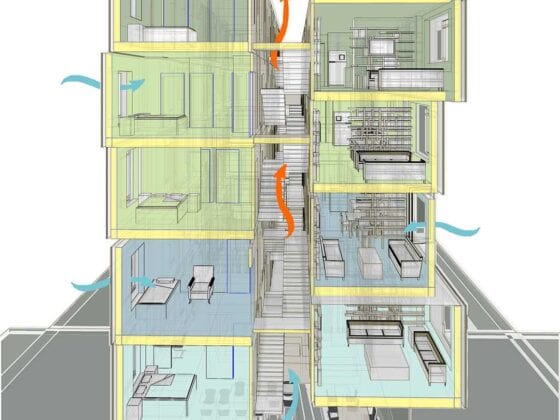
The Sustainable Strategies Every Project Should Employ
The Sustainable Strategies Every Project Should Employ https://kda.nyc/wp-content/uploads/2018/06/AIR_sm.jpg 1080 1586 k—da //kda.nyc/wp-content/uploads/2022/03/[email protected]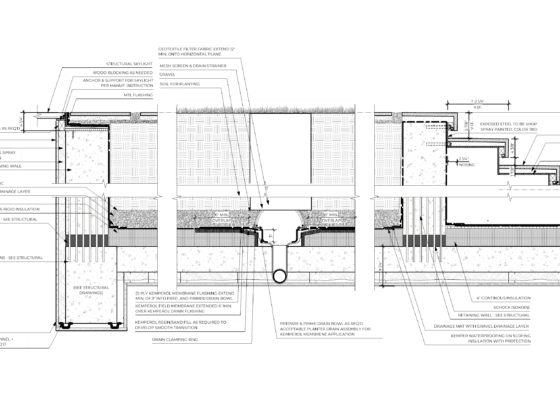
The Importance of Architectural Detailing
The Importance of Architectural Detailing https://kda.nyc/wp-content/uploads/2021/07/KDA_TECHNICAL-DETAIL.png 4584 1898 k—da //kda.nyc/wp-content/uploads/2022/03/[email protected]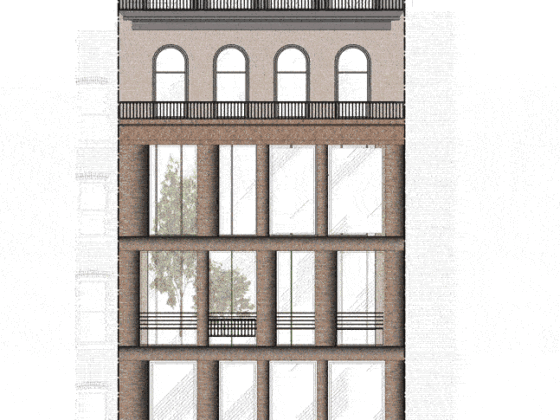
Why Each Townhouse is Unique
Why Each Townhouse is Unique https://kda.nyc/wp-content/uploads/2023/05/ezgif.com-optimize.gif 647 1000 k—da //kda.nyc/wp-content/uploads/2022/03/[email protected]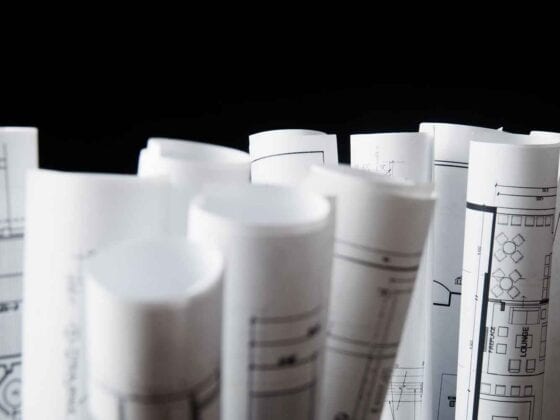
So What Even Is An Architect?
So What Even Is An Architect? https://kda.nyc/wp-content/uploads/2017/11/TADAA_BLOG_FILING-PAPER-ROLLS.jpg 1432 1000 k—da //kda.nyc/wp-content/uploads/2022/03/[email protected]
Don’t Skip the Design
Don’t Skip the Design https://kda.nyc/wp-content/uploads/2024/02/20230713_111712-01-scaled.jpeg 1920 2560 k—da //kda.nyc/wp-content/uploads/2022/03/[email protected]
Lets Talk About Money…
Lets Talk About Money… https://kda.nyc/wp-content/uploads/2018/01/TADAA_BLOG_MONEY.jpg 1503 1000 k—da //kda.nyc/wp-content/uploads/2022/03/[email protected]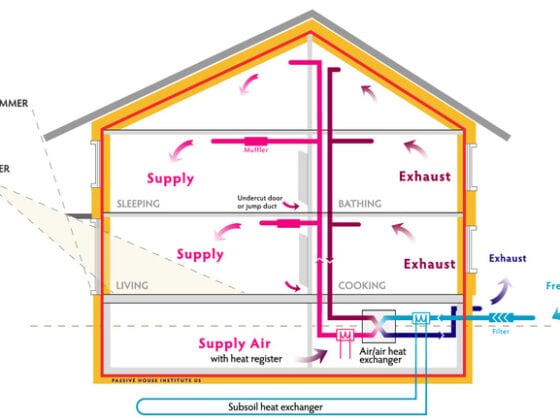
What Is Passive House and Do I Need One?
What Is Passive House and Do I Need One? https://kda.nyc/wp-content/uploads/2017/08/TADAA_BLOG_PASSIVE-HOUSE.jpg 650 433 k—da //kda.nyc/wp-content/uploads/2022/03/[email protected]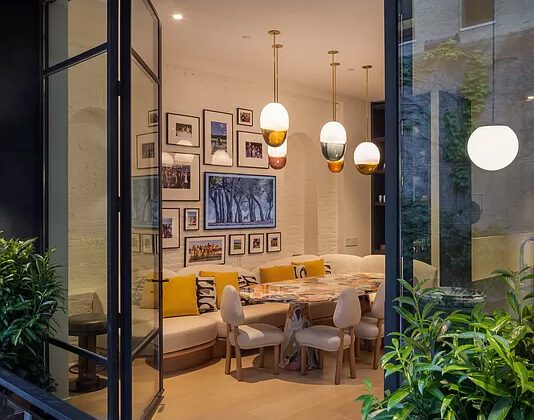
High-End Contemporary Design in Historic Townhouses
High-End Contemporary Design in Historic Townhouses https://kda.nyc/wp-content/uploads/2022/06/kda_townhouse_exterior-kitchen-peak.jpg 534 800 k—da //kda.nyc/wp-content/uploads/2022/03/[email protected]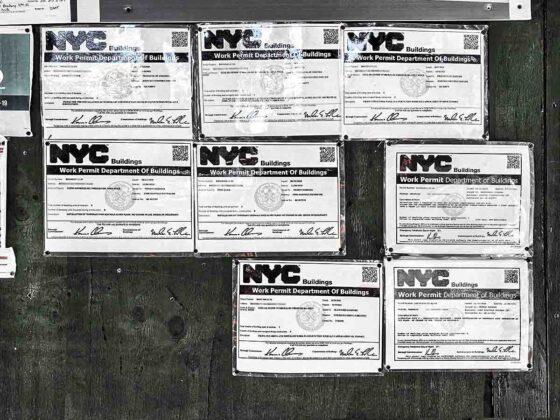
What Are Alt 1 and Alt 2 Filings?
What Are Alt 1 and Alt 2 Filings? https://kda.nyc/wp-content/uploads/2023/08/Work-Permits-1web-1.jpg 1200 900 k—da //kda.nyc/wp-content/uploads/2022/03/[email protected]